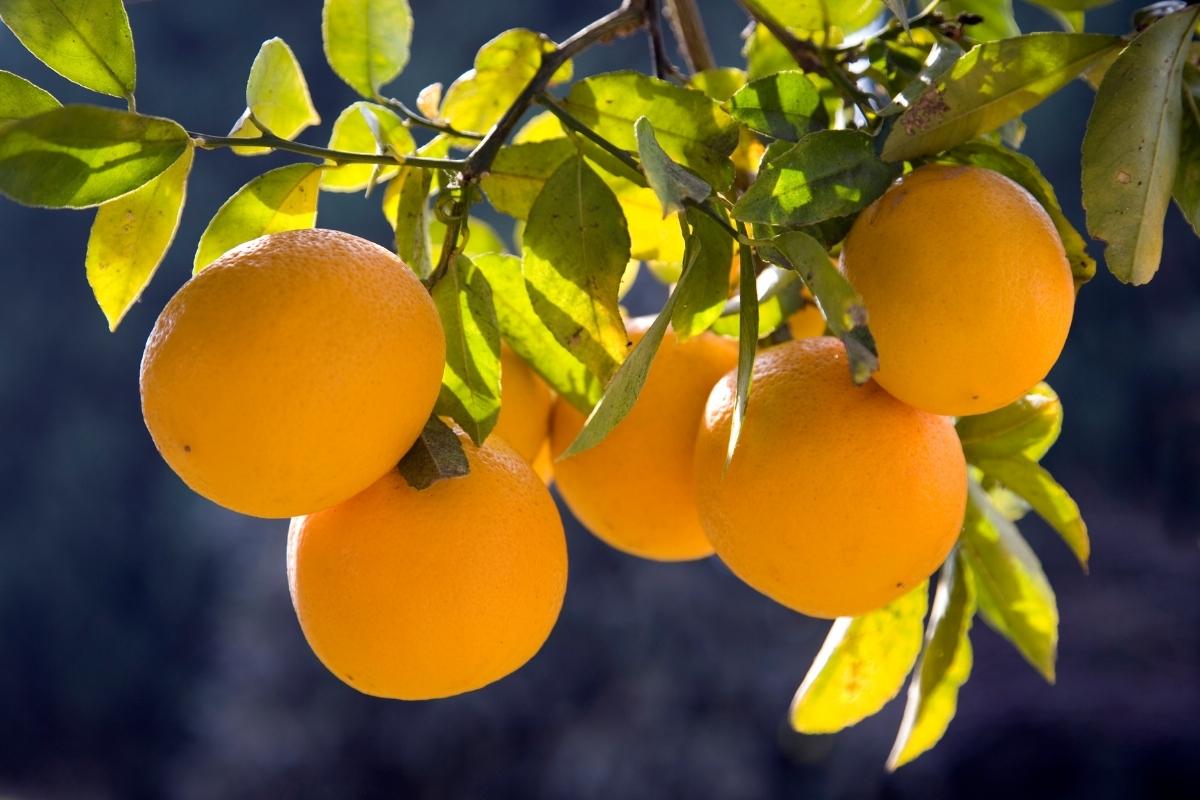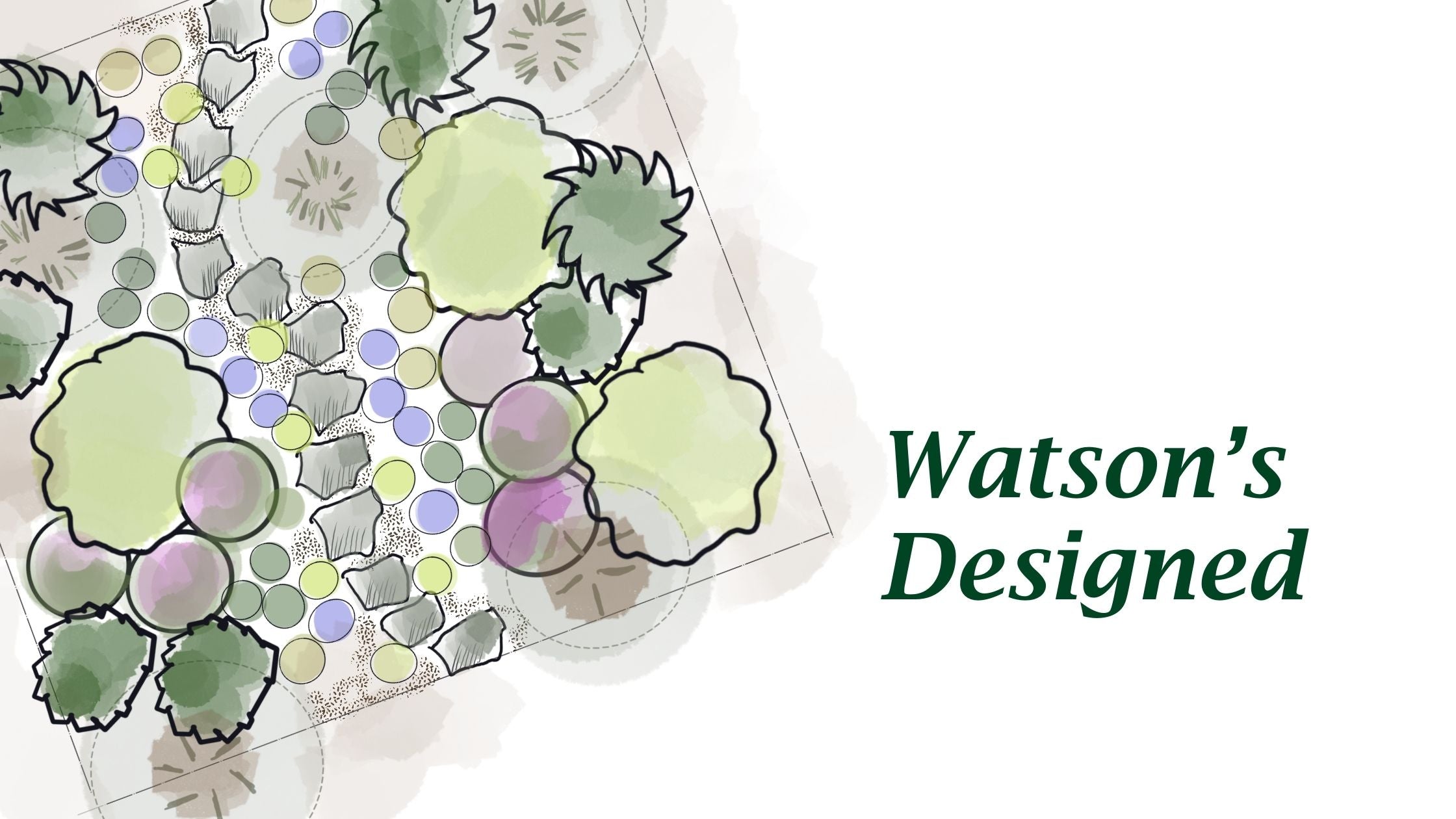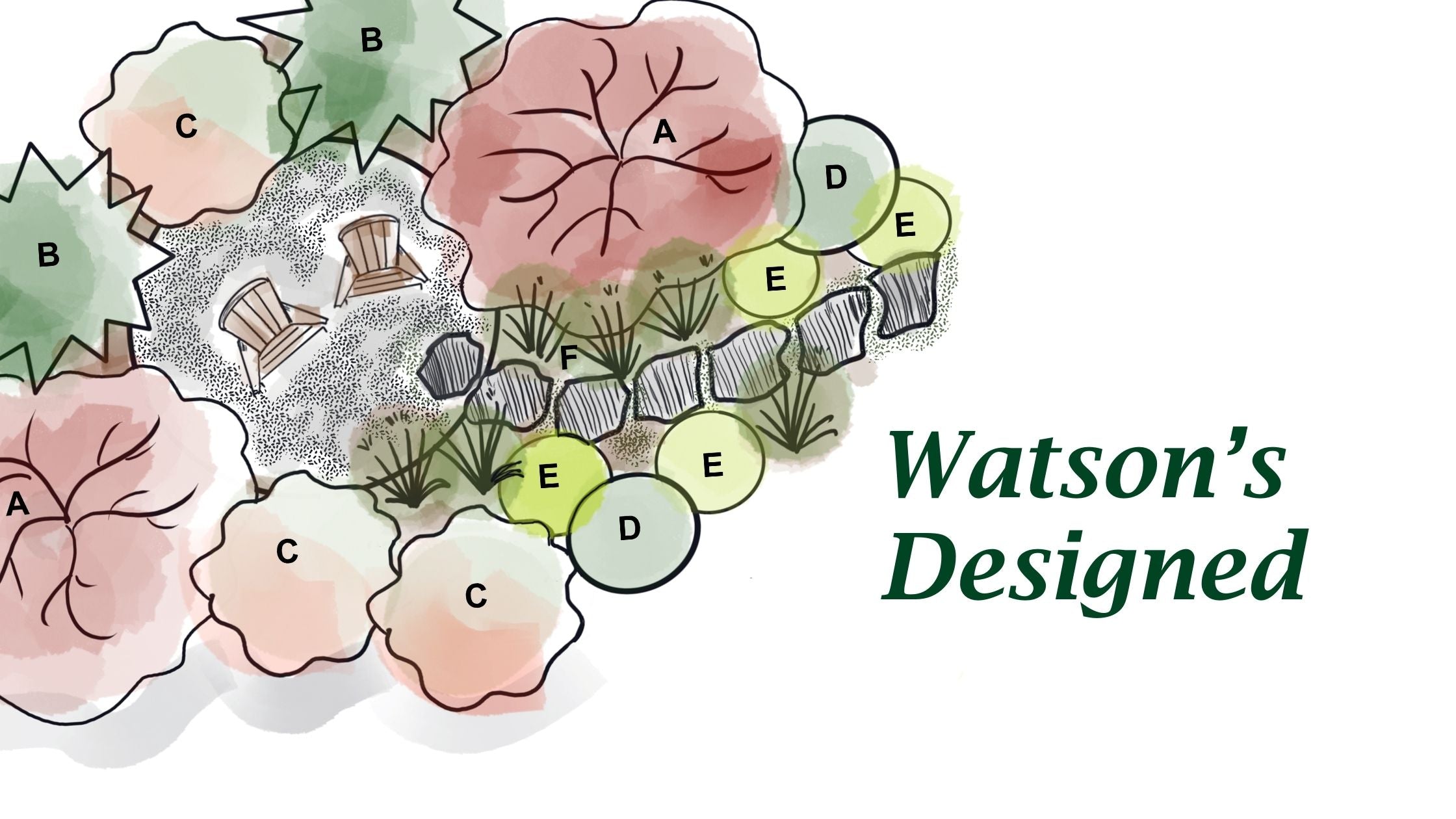How to Grow Citrus in the PNW
Growing your own citrus can be an incredibly rewarding experience. Not only do you get a fruit producing tree, but you get intensely fragrant blossoms and an amazing patio plant for the warmer season that becomes a unique houseplant during the winter season.
The most common method of growing citrus in PNW is a schedule of 3 seasons outdoors and winter inside in our climate. Citrus can be grown easily indoors to protect them from the PNW frost. This is a nice way to enjoy Meyer Lemons, for example, which tend to bloom and fruit during the off-season.
We would generally like to leave our citrus outdoors, preferably year-round if they can be kept dry (e.g., a covered patio), or outdoors at least as long as possible prior to hard freezes and snow events. A lot of the citrus trees we offer are grafted to a very cold-hardy rootstock and can withstand temps below freezing, but will suffer from the combo of wet/soggy soil and freezing temps in our PNW climate. Cold and dry is the key to keeping citrus outdoors.

Light
Citrus requires 8-12 hours of sunlight each day. As a houseplant, a South or Southwest facing window is ideal. Citrus need direct sunlight/bright light, but don’t necessarily need to be in the hottest spot in your yard/home. Light shading is OK. If your space gets at least 5-6 hours of direct sunlight, supplementing with full spectrum bulbs or fluorescent plant lights can keep the plant healthy.
Repotting
Like houseplants, our citrus trees do not need to be repotted immediately. These trees are usually young and can experience transplant shock when bumped into pots that are too generous in size or into new soil that is too rich and/or wet.
However, repotting becomes beneficial once your citrus tree has established itself and shows signs it's ready for more space. Look for roots circling the bottom of the pot or growing out of drainage holes, slower growth despite good care, or water running straight through the pot without being absorbed. When these signs appear, it's time to give your citrus room to grow.
Choose a pot only 2-4 inches larger in diameter than the current one, and use a well-draining citrus potting mix or create your own by mixing regular potting soil with perlite and bark chips. The best time to repot is in early spring before the growing season begins, allowing your tree to establish in its new home during the warmer months. After repotting, water thoroughly but then return to your regular watering schedule, keeping the soil on the drier side as citrus prefer.

Watering
We like to keep citrus on the dry side, almost like succulents, allowing the soil to dry out between waterings. All pots must have drainage. Citrus do not like sitting in wet, soggy soil and you can see the effects of this quickly with dieback and root rot.
Feeding
Any citrus fertilizer or time-release fertilizer on a regular schedule for acclimated citrus plants is a good idea too (we like a higher Nitrogen (N) formulation over Phosphorus (P)). Citrus are heavy feeders. If leaving plants outdoors in winter, the goal is to promote a more dormant state, so stop fertilizing in early fall and resume when temps begin to rise in late winter/early spring, when you see signs of new growth on the plants.
For beginners, the easiest to grow citrus trees are Meyer Lemon.

When you use these tips for success, you’ll be able to enjoy a fragrant, decorative, and delicious plant unlike any other!



